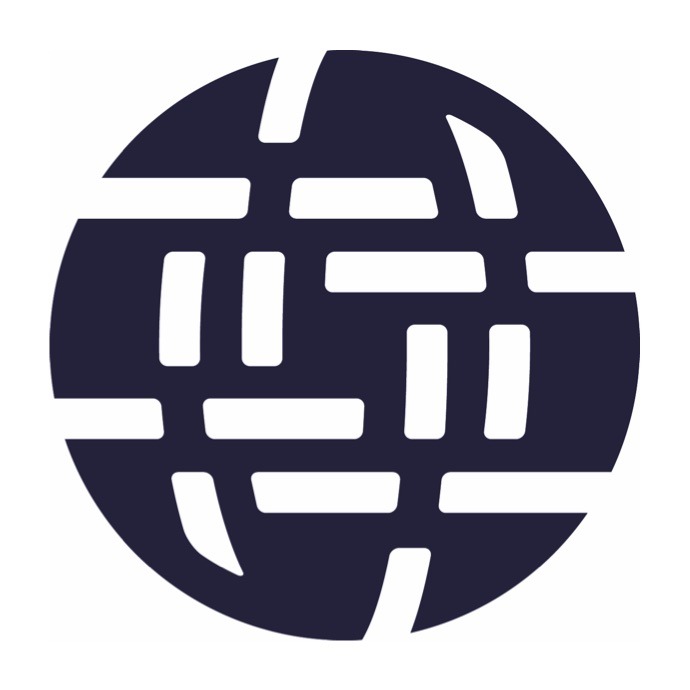Facilitator: Heather Creech
The objective of this workshop was to explore the range of indicators needed to monitor whether internet policy and governance choices are leading to an Internet that is supporting social, environmental and economic goals, as well as innovations in accountability and governance. Mechanisms are needed to monitor the impact of Internet policies and government choices; How do we determine whether these choices are helping to achieve the broad sustainable goals of humanity?; What do internet policy makers need to measure to make informed decisions?
Dr Hossam Allam provided some statistics related to sustainable development in countries with high need and low access to the internet. He demonstrated a correlation between IT and infant mortality. Low access countries had high infant mortality. His conclusion was that better internet services would result in better sustainable development and that ICTs could be used to reduce carbon emissions through flexiwork, eCommerce, eLearning, eBanking and eGovernment.
Susan Telscher (ITU) revealed that there is a lot of information about ICTs that is not widely available. Some examples were the number of people who use computers internet and mobile phones; Types of activities carried out over the internet or phone : frequency of use; Use by gender, education, age, location, income, employment; Enterprises (especially SMEs) using ICT by industry sector; Use of ICTs by public sector (government, health, education, etc). There is a real need for survey data (vs administration data).
WHAT HAS BEEN FOUND SO FAR? Because of their pervasive nature, ICTS are enabling but with a higher impact on those who meet a set of requirements or characteristics; Negative impact of ICTs have not been researched well; Better data are key to measuring ICT impact. We broke up into groups to discuss the three key areas of influence by ICTs – environment, economic and social – and what type of indicators could be developed to influence the policy making process . The feedback included:
ENVIRONMENT: There are no indicators available as yet but any that are developed should monitor the full life cycle of technology – where it is being built, sold, consumed and then disposed of. Other factors that should be taken into consideration include the percentage of material that goes into their manufacture which is recyclable. Policies are needed to influence what these goods are made of and how transferable their uses can be (eg the move to make a universal charger so that all mobile phones can be charged using a single model). The age of a product at the point of disposal could be used as an indicator – this could influence procurement policies. Indicators based on environmental outcomes and their impact eg develop a carbon accounting mechanism around e-services. There needs to be an awareness of eWaste and recycling options – research has shown that only 1% of material is being recycled. There was a concern raised about mobile phones and what options are available for responsible recycling. In the summary it was raised that because there were no indicators, it was important that stakeholders spend time on this topic – raising awareness of implications of ICT on the environment especially in developing countries. Summary: Because indicators don’t exist it is unclear what leverage will result when you have such different perspectives (eg Kenya vs Switzerland). Where do you locate advocacy to do with indicators? Are there indicators related to eWaste or human impact on the environment?
ECONOMIC: Indicators could include: measure of GDP, volumes of ICT imports and exports, employment and generational income for populations. How do we measure efficiencies created by the use of ICT? Perhaps in-depth analyses of sectors in the economy and asking them about how they view productivity caused by the use of ICT (eg manufacturing etc that may benefit from technology. Summary: It is important to gather data on the contribution and value added of ICT goods and services – there are lots of differences and priorities.
SOCIAL: Gender issues – equal access, internet literacy, ICT business women, internet content; Education issues – quantity (# of universities schools with ICTs) and quality of access, appropriate teacher training & teacher knowledge to keep ahead of what students know; Health – telemedicine facilities, technology to increase health of population; Global solidarity – enhanced awareness of other, speed and response to awareness esp in relation to disasters and support; eGovernment – # of services, access by citizens, time dimension, consistency and range of services offered. Summary: Social issues are more challenging and a lot of attention is being paid to the impact of ICTs on social issues, esp in education. We need to have indicators that measure connectivity issues (eg how can ICT influence development? Are they suitable for sustainable development? If you invest, is it going to improve human development?
CONCLUSION: many contributions reflected MDGs – Speed of information delivery and response is an important indicator and quality is an important aspect of speed. There are a lot of differences provided by broadband which can become important in the future. But in all areas more indicators are required.
